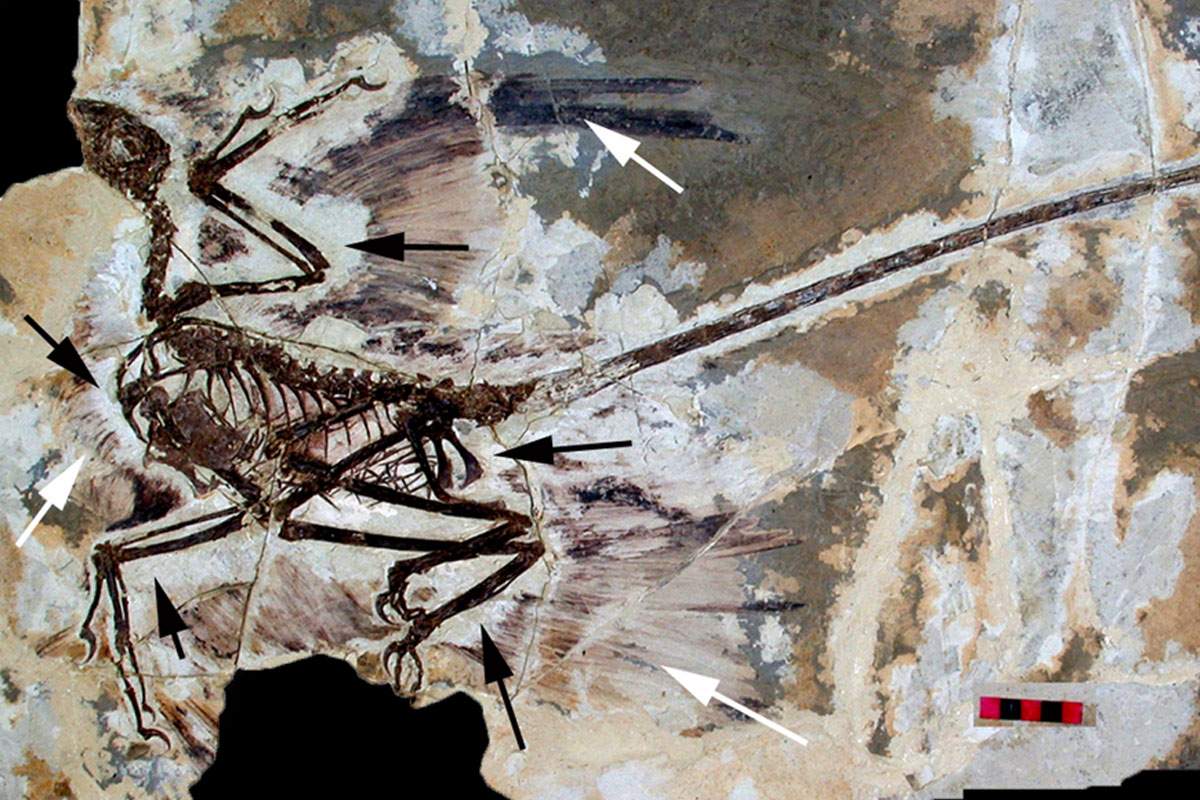
Palaeontologists at the University of Alberta in Canada have found dinosaur fossils with primitive feathers. The trouble with fossils is that they are impressions in stone. It's difficult to figure out the actual color and complex structure of the feathers.
For example, dinosaurs from China were found with some kind of fluffy skin covering, but scientists couldn't tell if it was feathers because the fossils had decomposed. Amber preservation is another matter.
Amber is fossilized tree resin that is sometimes found with insects or leaves that were trapped millions of years ago when it hardened.
Feathers can now be added to the list of trapped items. The Canadian palaeontologists discovered a bonanza of feather specimens preserved in amber while working in Mesozoic rock layers in western Canada. Since amber protects feather structure and pigmentation, the amber samples can tell scientists a lot about feather evolution.
Feather Evolution
They found both dinosaur and bird feathers. Some of the feathers found were dinosaur protofeathers. Those are single-fiber feathers or tufts coming from a common base and were probably used for thermoregulation. Others are specialized bird feathers. Scientists found complex feathers that allow birds to dive underwater, and other features that can interlock with each other like modern flight feathers.
This means that there were probably both feathery dinosaurs and birds roaming the planet at the same time. It looks like modern feathers evolved long before dinosaurs went extinct. These findings, along with other discoveries and new pigment analysis techniques, suggest that dinosaurs were probably more feathery than anyone previously thought.
Sources and Further Reading
- McKellar, R. C., et al. (2011). A Diverse Assemblage of Late Cretaceous Dinosaur and Bird Feathers from Canadian Amber. Science. 333 (6049), 1619-1622.
- Wogelius, R. A., et al. (2011). Trace Metals as Biomarkers for Eumelanin Pigment in the Fossil Record. Science. 333 (6049), 1622-1626.









